Low-Cost Instrumentation
This project is the result of my continuous interaction with college teachers around the country. With an objective of replacing a cumbersome method of measurement or to provide better measurement techniques, I started this development work.
- Constant temperature bath using high wattage resistor:
For all the experiments, which make use of an oil bath for heating, this replacement was suggested.
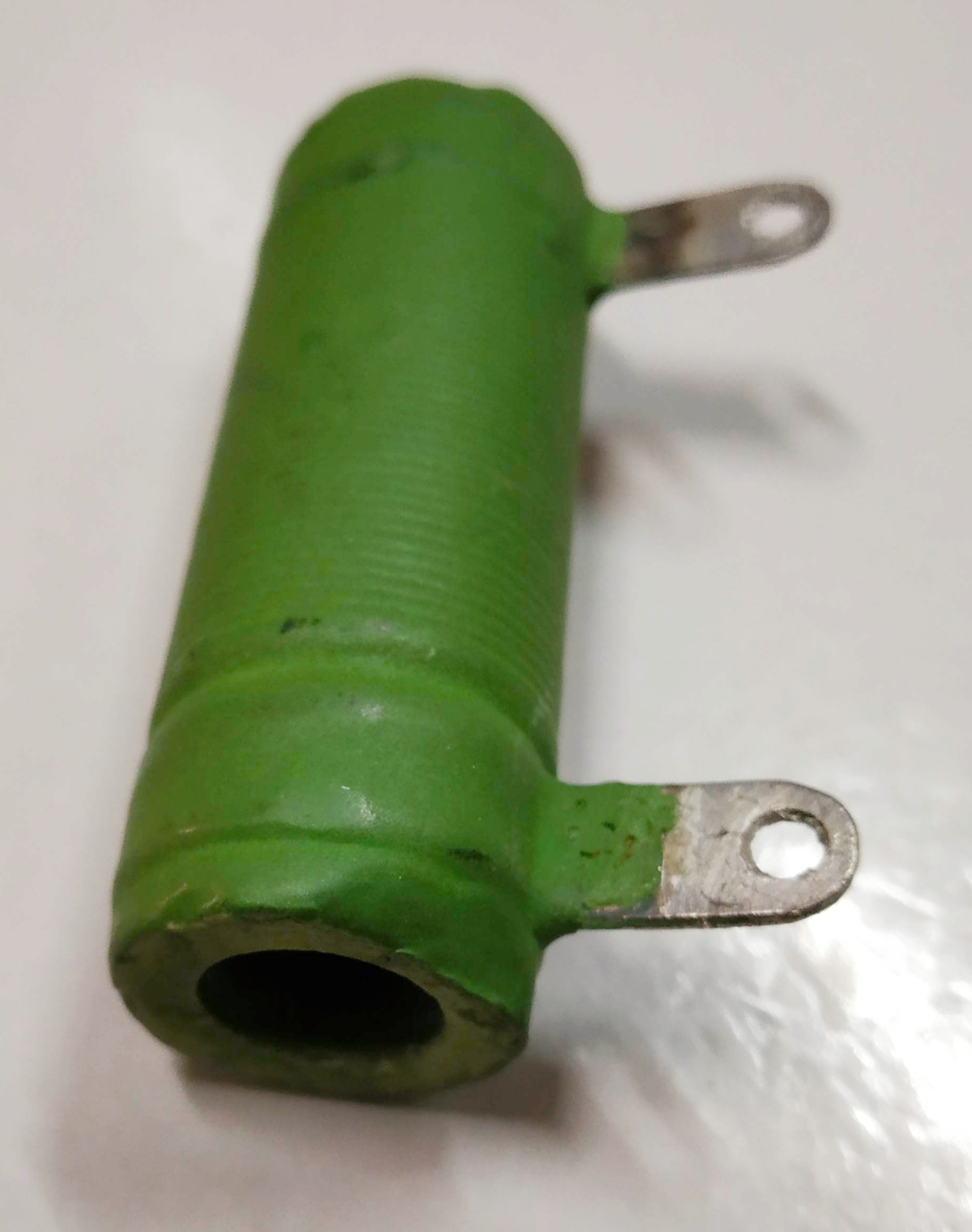
A high wattage wire wound resistor in a hollow cylindrical shape is connected to a DC power supply. The temperature inside the hollow cylindrical resistor can be controlled by providing a suitable voltage.
- Michelson Interferometer:
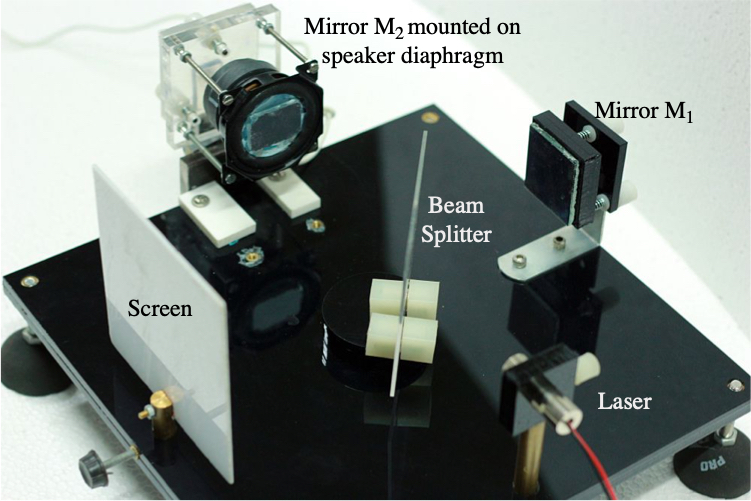
The apparatus for the Michelson Interferometer available in the market is quite expensive. Moreover, it’s a costly affair to replace any of the components in case of damage. Lastly the buyer has to depend on the source from which the apparatus is procured.
In order to overcome these difficulties, I have designed a low cost (>>US$50) apparatus of the experiment (collaborator: Mr. Vikrant Kumude, HBCSE, Mumbai). The mirror movement assembly, which generally consists of a micrometer screw gauge, is replaced by a speaker. The mirror is mounted on the diaphragm of the speaker. With a changing dc voltage (through a powerbank and a 10-turn potentiometer), the mirror moves. We have applied for a patent for this mirror-movement assembly in the Michelson interferometer.
- Low-cost signal generator
The signal generators used in any physics laboratory, generally, has a output impedance varying from 50W to 600W. If any low impedance device such as speaker is connected across this signal generator then the signal generator gets loaded.
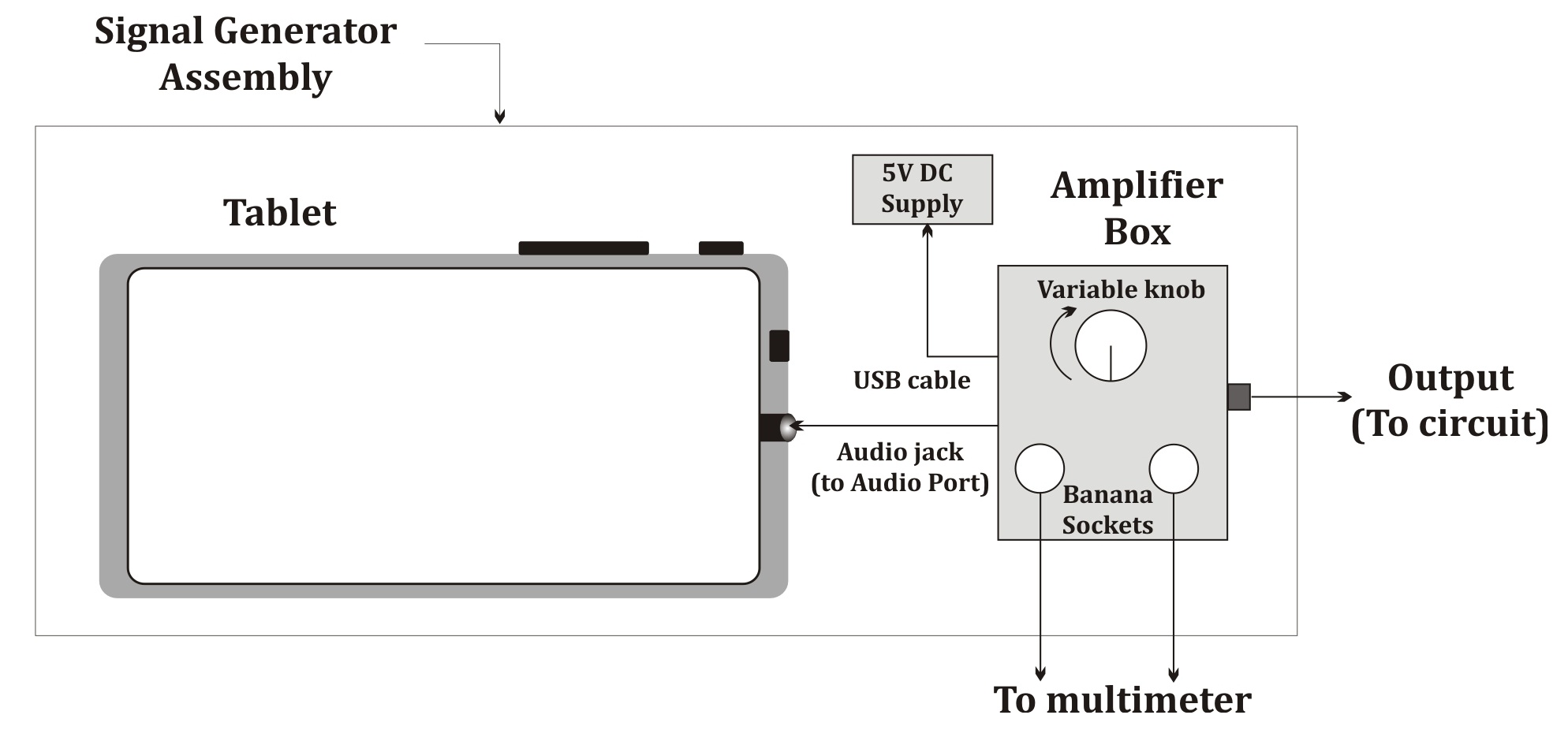 |
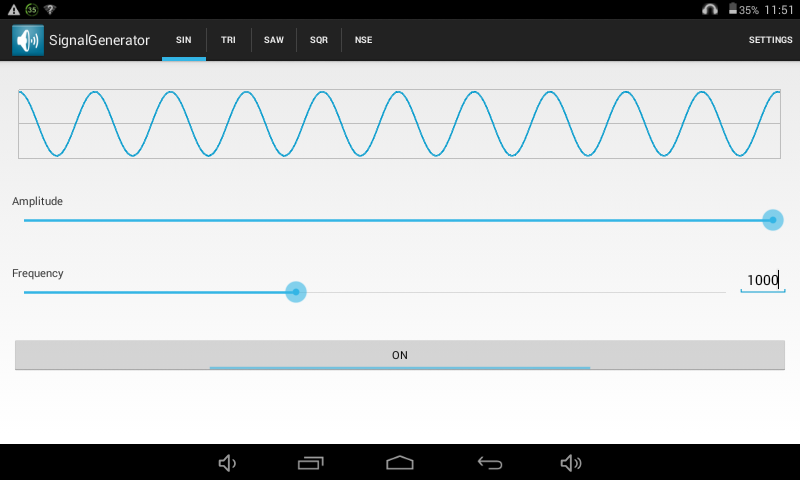 |
| Block diagram of the set-up | The Signal Generator App |
We developed a low cost signal generator to overcome this problem. Broadly, a tablet (loaded with an app – “Signal Generator”) connected to a buffer circuit constitutes this signal generator. Almost all the experiment performed at higher secondary school or undergraduate level can be done using this low-cost signal generator.
- Magnetic field measurement assembly using Hall effect IC
Measuring magnetic field using a gaussmeter is a costly affair and cannot be afforded by schools/colleges. The linear hall effect sensors which are cheaper can be calibrated and used to measure the magnetic field. These sensors are now been widely borrowed from me by different colleges.
- Manually operated nano-litre fluid injector:
This was developed for a teacher from Wilson college, Mumbai. In this a micrometer screw gauge is coupled with a 1 ml syringe. This is used to get a better precision for injecting a small amount of fluid in cell nucleus.
- Low-cost timer to measure the terminal velocity of a magnet falling through a conducting pipe
A magnet falling through a copper/aluminum tube is a common demonstration to show the electromagnetic damping. We developed a timing circuit module to measure the speed of magnet falling down through the tube. Hall effect switches are used to detect the presence of moving magnet. These switches are interfaced with a hand-held stopwatch. The measurements performed using this module revealed some interesting results.
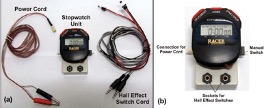
- Low-cost photogates to measure the time taken by a rolling body over an inclined plane
A timing circuit is developed to measure the average speed of a ball rolling down an inclined U-channel. Infra-red light emitting diodes are used to build transmitter-receiver (TR) assembly.

Two pairs of this TR assembly are connected to a CMOS AND gate IC. The output of the IC controlled the hand-held digital stopwatch.

This project is done in collaboration with Nehru Planetarium.
- Peltier device used as heat flow indicator
In elementary thermodynamics, students are introduced to variables like pressure, volume, temperature, heat etc. Out of these heat transfer is never measured. In most of the processes that the students learn, the existence or non-existence of heat transfer is assumed theoretically.
 |
 |
 |
| Peltier Cell | Isothermal Process setup | |
The heat flow sensors available in the market are quite expensive (~Rs.60000/-). I used Peltier device as thermoelectric generator as heat flow sensor. I used these Peltier devices in performing adiabatic, isothermal processes.
- Cooling arrangement using Peltier Devices
In different experiments, which require cooling a system, uses ice cubes. But maintaining a certain low temperature can not be achieved with this. I prepared an assembly, which used a Peltier device powered by a dc voltage source.

I could achieve a low temperature of 4°C with this assembly. Moreover, the same assembly could be used for heating the system, just by changing the polarity of the Peltier device.
- Laser module on power-bank
Lasers are used in many experiments at the undergraduate level. Generally colleges spend 15000 to 30000 for He Ne lasers. But the same experiments can be performed using a diode laser.

I tested different diode lasers which can be simply connected to a powerbank. This assembly can run for several hours with a fully charged 2400 mAh powerbank.
- Low cost microscope using silicon balls
Getting inspired by the Foldoscope which uses a spherical lens of 1.7 mm focal length, I used silicon balls to make a low-cost microscope. These silicon balls are readily available in the market as a toy. The transparent balls give a 10X magnification with a good clarity.